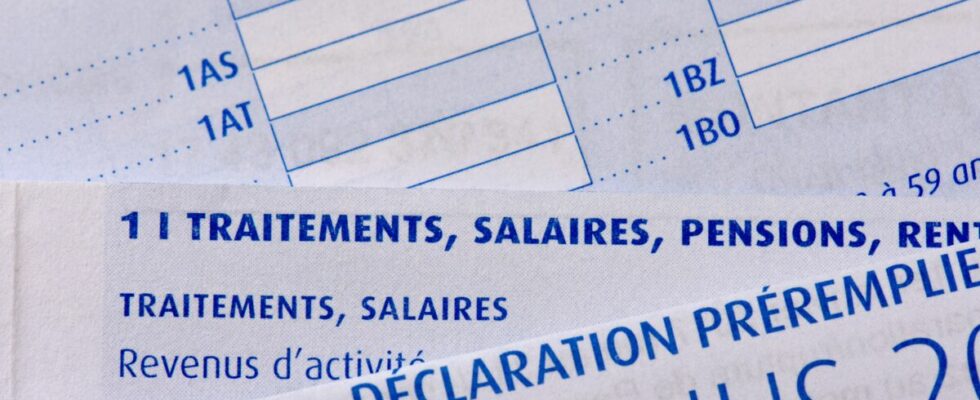Like every year, you will have to declare your income in the spring. You will therefore have to indicate the amount of your salaries or income linked to real estate acquisitions among other things, but you will also be able to deduct tax credits, for example. At the end of this declaration, you will obtain your reference tax income. This is what allows you to then define how much tax you will pay. In 2024, taxes will be based on income for the year 2023 and this year, the scale is changing.
What is the tax scale by brackets for 2024?
To take into account inflation, the scale was revalued compared to the year 2023. This revaluation had already taken place last year. Each bracket defines a tax percentage based on income. Here’s how to find the bracket you’re in.
- Tranche 1: up to €11,294
- Tranche 2: from €11,295 to €28,797
- Tranche 3: from €28,798 to €82,341
- Tranche 4: from €82,342 to €177,106
- Tranche 5: more than €177,106
What was the tax scale by brackets in 2023?
Last year, for 2023 on 2022 income, the scale was a little different.
- Tranche 1: up to €10,777
- Tranche 2: from €10,778 to €27,478
- Tranche 3: from €27,479 to €78,570
- Tranche 4: from €78,571 to €168,994
- Tranche 5: more than €168,995
“The tax scale is set each year. For example, the 2024 scale (applicable to 2023 income) is set by finance law for 2024“, specifies the official website of the French administration.
What is the expected tax rate for brackets 1 to 5?
The tax rate can go up to 45%. Thus, people whose income is in bracket 1 will have a tax rate equal to 0%. For bracket 2, this is a tax rate of 11%, for bracket 3, 30%, for bracket 4, 41%, and for bracket 5, 45%. This tax rate based on brackets has not changed since last year, it is the amounts of income per bracket that have been modified.
How is the tax calculated?
The tax calculation is based on several parameters. We must already take into account the number of people living in the household because the tax calculation takes into account the family quotient. “This mechanism has an impact on the amount of your tax. It notably reduces the tax burden for families with children“, indicates the French administration website.
Also, if for example your income exceeds that provided for in bracket 1, then the following brackets will have to be taken into account.
How much is the tax for 1 share of family quotient with an income of 30,000 euros?
Concretely, for someone who lives alone and who declares 30,000 euros of net taxable income, they would have to pay €2,286.33 in taxes.
Up to €11,294, he does not pay because it is tranche 1. Then, for tranche 2, you must calculate 28,797 – 11,294, this gives 17,503, which must be multiplied by the rate of tax at 11%. For this bracket, you have to count 1925.33 in taxes. Finally, as this person has an income of 30,000 euros, we must calculate 30,000 – 28,797, or 1203, which we must multiply by 30%, the tax rate of bracket 3. For this bracket, the tax amounts to €360.90.
In total, we must therefore add €1925.33 + €360.90, which gives €2286.33.
If the calculation seems a little complicated to you, there is a simulator on the tax website to get an estimate of what you will have to pay. It may change, but you will at least have a rough idea.
For more information, go to the official website of the French administration service-public.fr or on the tax administration website impots.gouv.fr.
